
There’s a certain thrill in stepping off the well-worn trail — not just literally, but in how we explore nature itself. While most travelers flock to the same postcard-perfect spots, some of the most jaw-dropping, soul-stirring places in the country are hiding in plain sight. These aren’t the parks you’ll find on bumper stickers or crowded Instagram reels.
Quieter, wilder, and far more surprising. This is where solitude meets scenery, where the landscape tells stories without needing crowds to validate its worth. If you’ve ever longed for something different — rawer, richer, and refreshingly real — this list was made for you.
1. North Cascades National Park, Washington
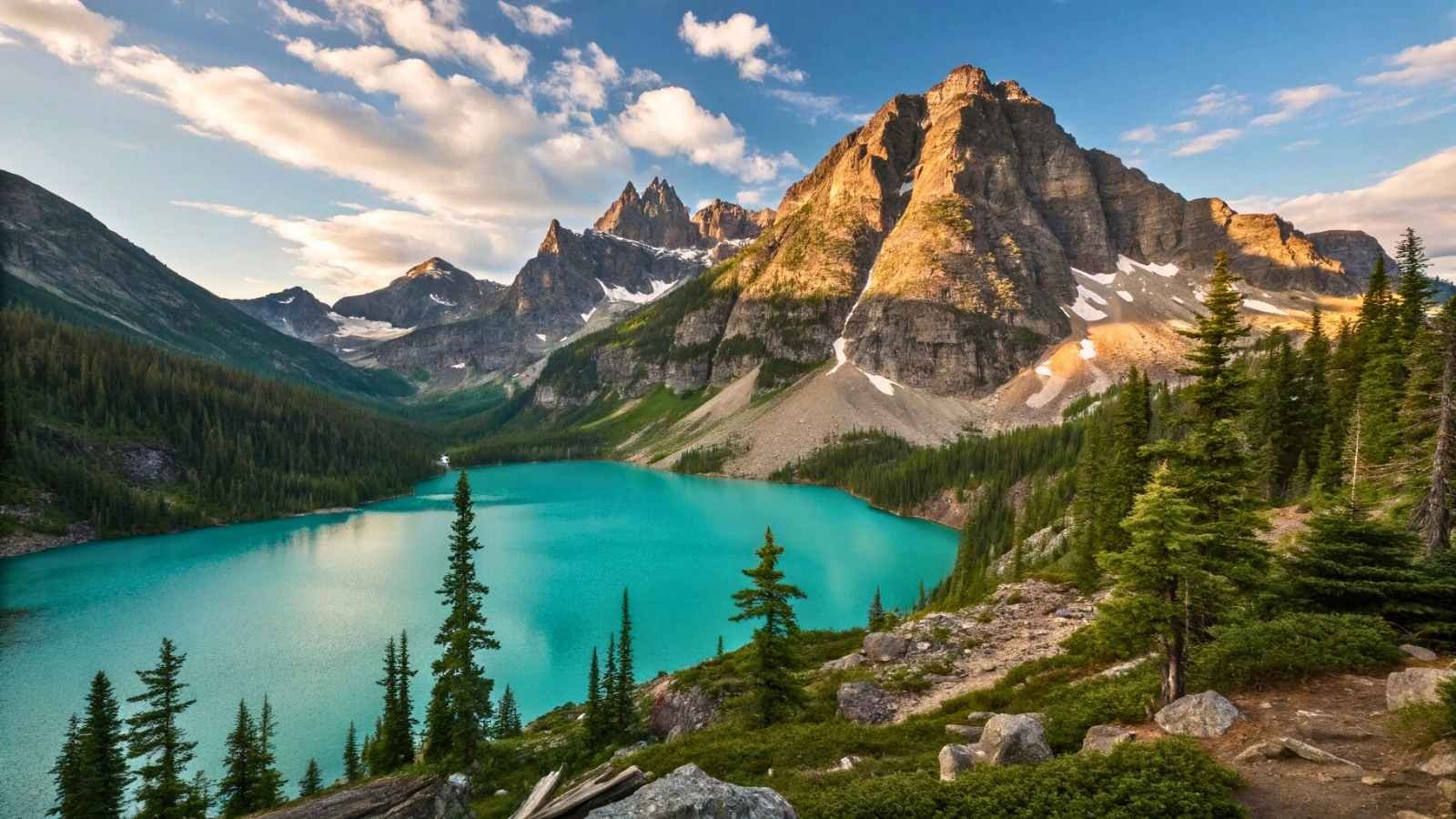
Tucked away in the northern reaches of Washington State, the North Cascades feels like a secret slice of the Alps hiding in plain sight. Towering granite peaks, over 300 glaciers, deep evergreen forests, and icy-blue lakes make it feel dramatically wild. You won’t find concession stands or big tour buses here — just raw nature and uncrowded trails that seem to stretch forever.
The diversity here is striking. On a single hike, you might pass through moss-draped old-growth forests, alpine meadows brimming with wildflowers, and end up staring at glaciers hanging from jagged peaks. And then there’s Diablo Lake — an electric turquoise so vivid it almost looks fake.
What’s most refreshing? The silence. It’s not an empty silence — it’s alive. The wind rustling the firs, distant waterfalls, and the occasional call of an eagle overhead. You start to remember what true solitude sounds like.
Need-to-Know Details:
- Best Months to Visit: Mid-July to early October (snow-free trails and wildflowers)
- Top Hike: Maple Pass Loop (stunning panoramic views)
- Closest Gateway Town: Winthrop or Marblemount, WA
- Unique Feature: Highest concentration of glaciers in the lower 48
- Accessibility: Remote and rugged — minimal development
2. Great Basin National Park, Nevada
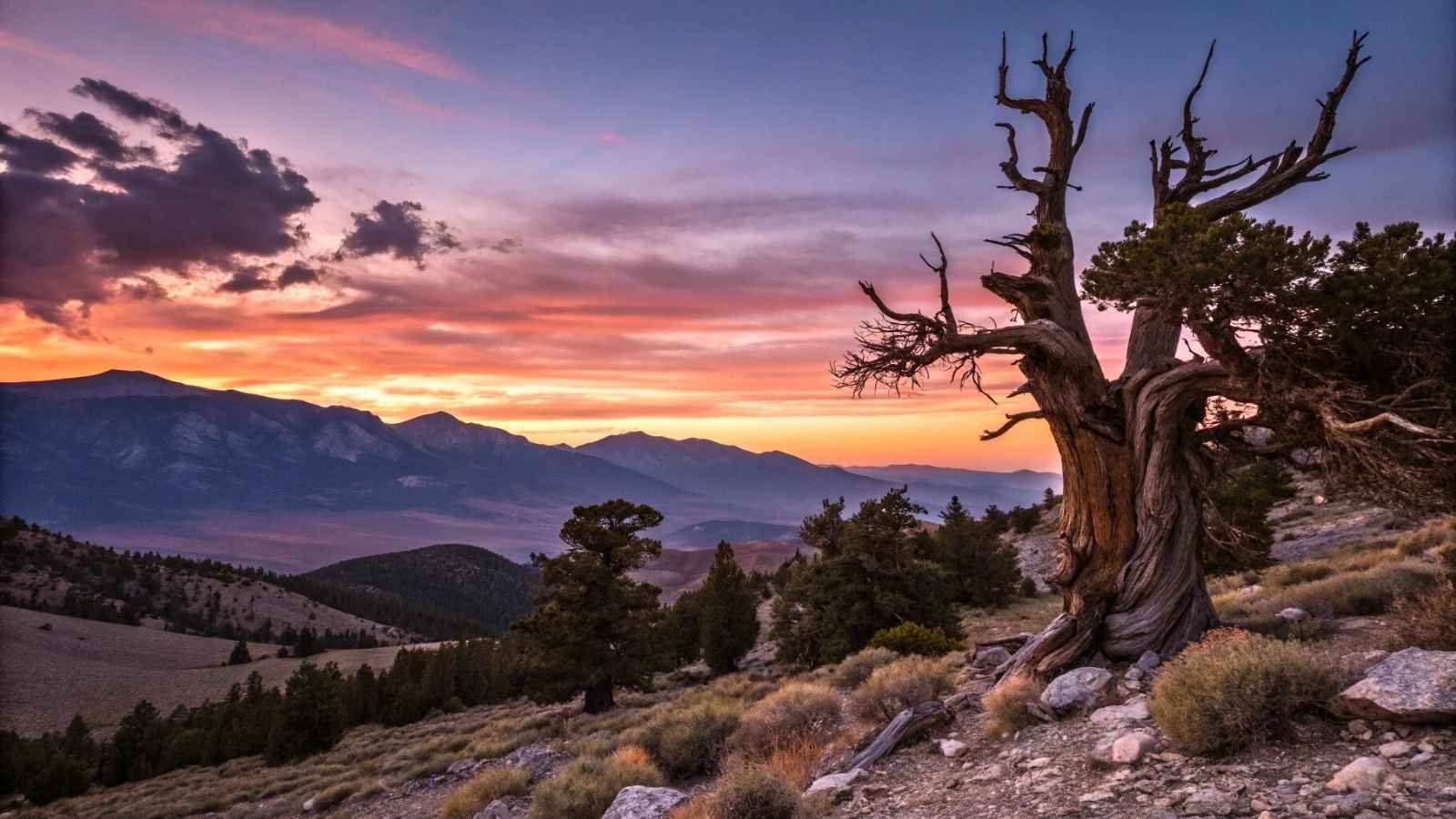
Great Basin is one of those rare parks where you can hike a glacier and stargaze under some of the clearest night skies in the U.S., all in one day. Most folks zip past it en route to Vegas or Utah’s national parks — big mistake.
Start your day climbing up the Bristlecone Pine Trail, where you’ll encounter trees that are over 4,000 years old. They don’t just grow here — they survive in extreme conditions that most life can’t. Then you can summit Wheeler Peak, the second-highest in Nevada, or descend into the eerily quiet and beautiful Lehman Caves, filled with rare cave formations.
And the dark skies? Incredible. The park is designated as an International Dark Sky Park, and if you’ve never seen the Milky Way stretch across the horizon, prepare to have your breath taken.
Need-to-Know Details:
- Best Months to Visit: June to September for full trail access
- Top Experience: Stargazing during a ranger-led astronomy program
- Elevation Range: 5,000 to 13,000+ feet
- Must-See: Lehman Caves and ancient Bristlecone Pines
- Crowds: Very low — solitude is almost guaranteed
3. Congaree National Park, South Carolina
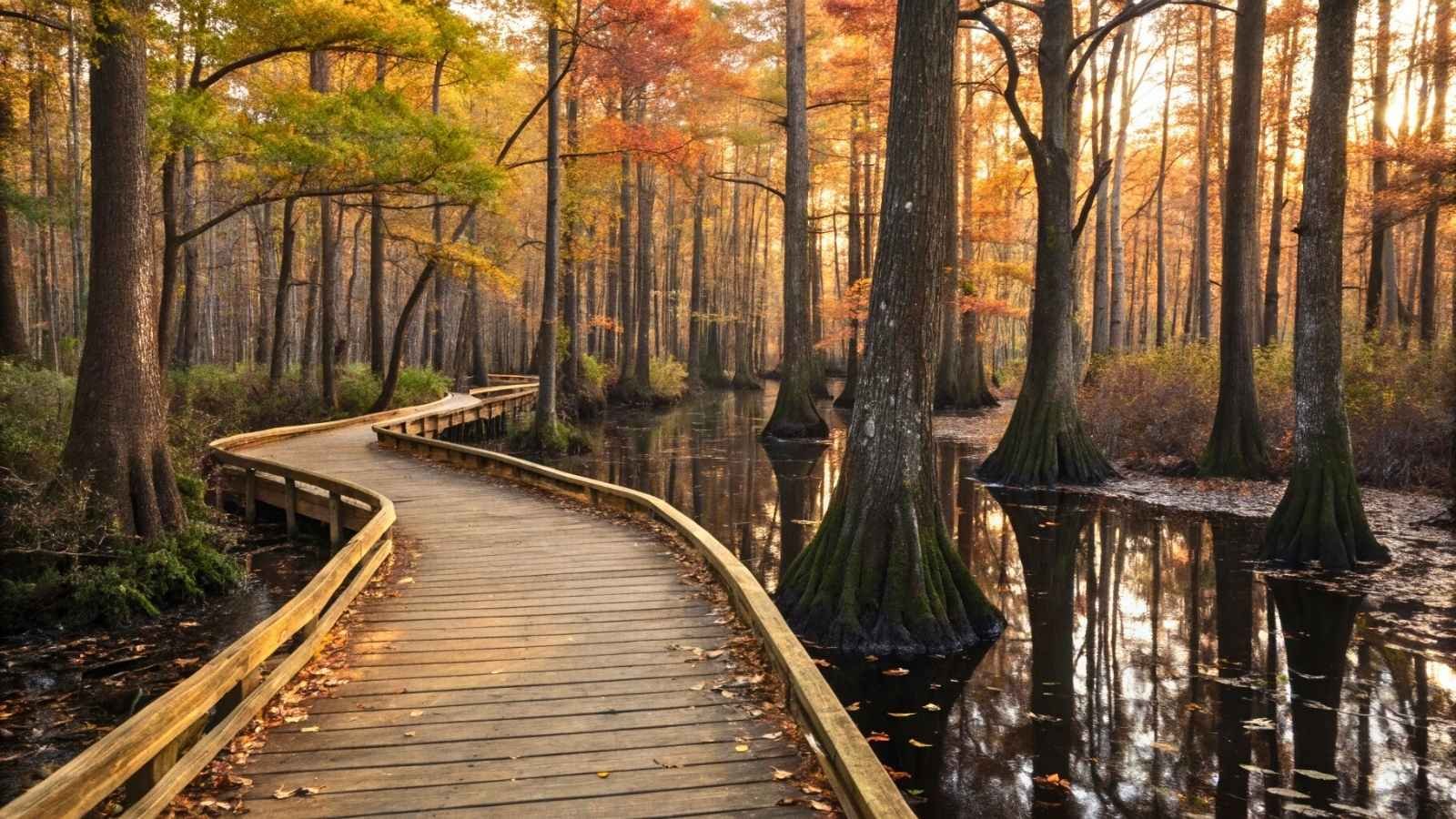
At first glance, Congaree seems unassuming — a flat expanse of forested wetlands. But spend an hour walking its raised boardwalk or kayaking its blackwater creeks, and it quickly becomes something else: a cathedral of trees. Towering bald cypress, tupelos, and loblolly pines form some of the tallest canopies in eastern North America.
The biodiversity here is jaw-dropping. You’re walking among creatures that thrive in waterlogged soil and seasonal floods. Watch for otters, owls, and even the occasional feral pig. And if you’re lucky, you might just visit during the synchronous firefly event in late spring — a natural light show that draws quiet gasps.
Unlike parks defined by mountains or deserts, Congaree’s wildness comes from water, slow-moving, dark, and ancient. It seeps into your bones, slows your pace, and reminds you that not all beauty shouts to be seen.
Need-to-Know Details:
- Best Months to Visit: April to May or October to early November
- Top Experience: Canoeing or kayaking Cedar Creek
- Must-See Event: Synchronous fireflies (late May to early June)
- Bug Alert: Bring serious mosquito protection in summer
- Accessibility: The Elevated boardwalk is wheelchair accessible
4. Lassen Volcanic National Park, California
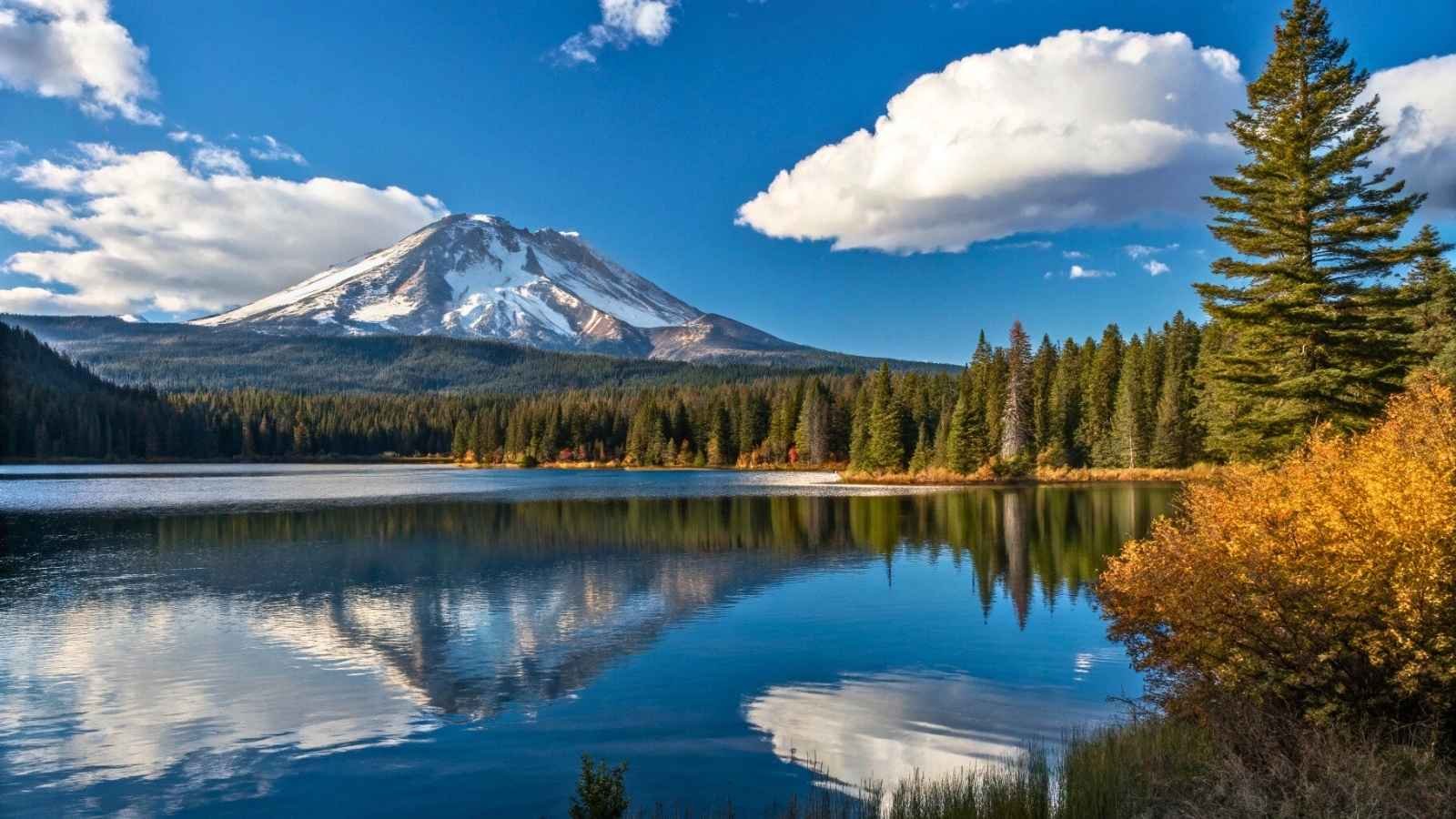
Lassen is like a sampler platter of every major type of volcano — shield, plug dome, cinder cone, stratovolcano — all in one compact, underappreciated park. It’s essentially Yellowstone without the crowds, with bubbling mud pots, steaming fumaroles, and surreal hydrothermal landscapes.
The park’s namesake, Lassen Peak, last erupted in 1915, and the volcanic activity is still very much alive. You can hike Bumpass Hell, where boardwalks wind through boiling springs and hissing vents, or head to Cinder Cone, a perfectly symmetrical volcano offering panoramic views of lava beds and painted dunes.
But it’s not all fire and brimstone — there are also alpine lakes, lush meadows, and forests that transition from pine to aspen with the seasons. It’s the contrast that makes Lassen unforgettable.
Need-to-Know Details:
- Best Months to Visit: July to September (roads and trails are snow-free)
- Top Hike: Bumpass Hell Trail for geothermal wonders
- Don’t Miss: Cinder Cone and Painted Dunes
- Unique Feature: All four volcano types in one park
- Wildlife: Black bears, marmots, and migratory birds
5. Guadalupe Mountains National Park, Texas
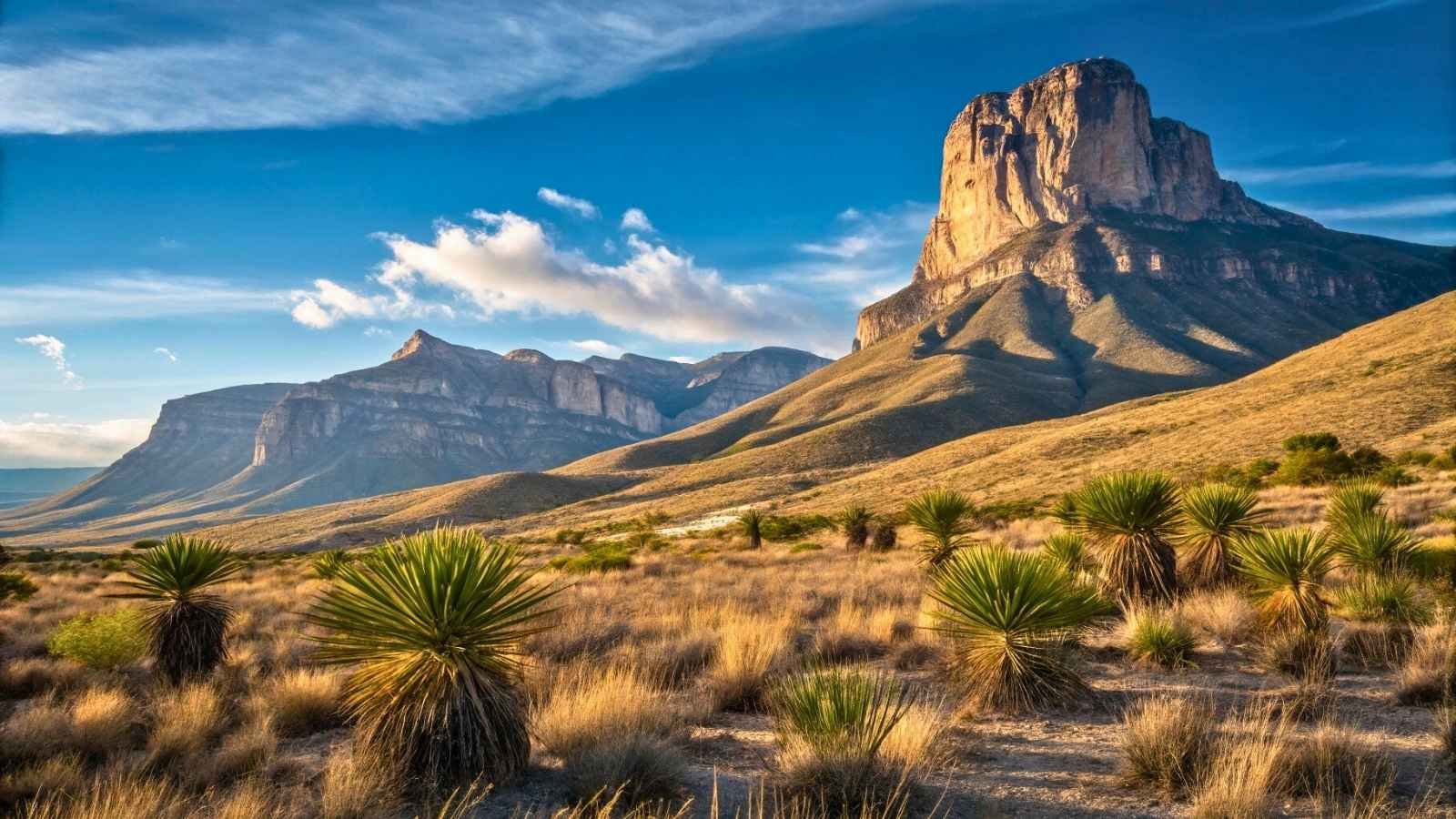
Set against the harsh backdrop of the West Texas desert, the Guadalupe Mountains rise like a mirage. This is where the bones of an ancient Permian reef now form rugged peaks, slot canyons, and endless trails. The star of the show? Guadalupe Peak — the highest point in Texas at 8,751 feet.
But elevation isn’t the only surprise. Hike McKittrick Canyon in fall, and you’ll be treated to a fiery display of red maples — yes, maples in the desert. Explore hidden springs, walk through fossil-laden rock, or step into Dog Canyon for pure, high-desert solitude.
Despite its grand features, this park sees remarkably few visitors. The landscapes are big, the skies even bigger, and the feeling of total stillness? That’s something you just can’t fake.
Need-to-Know Details:
- Best Months to Visit: October to April (cooler temps, fall colors)
- Top Trail: Guadalupe Peak Trail (strenuous but rewarding)
- Must-See: McKittrick Canyon in fall
- Climate: Hot, desert with chilly mountain nights
- Camping: No lodge, but tent camping is excellent and quiet
6. Voyageurs National Park, Minnesota
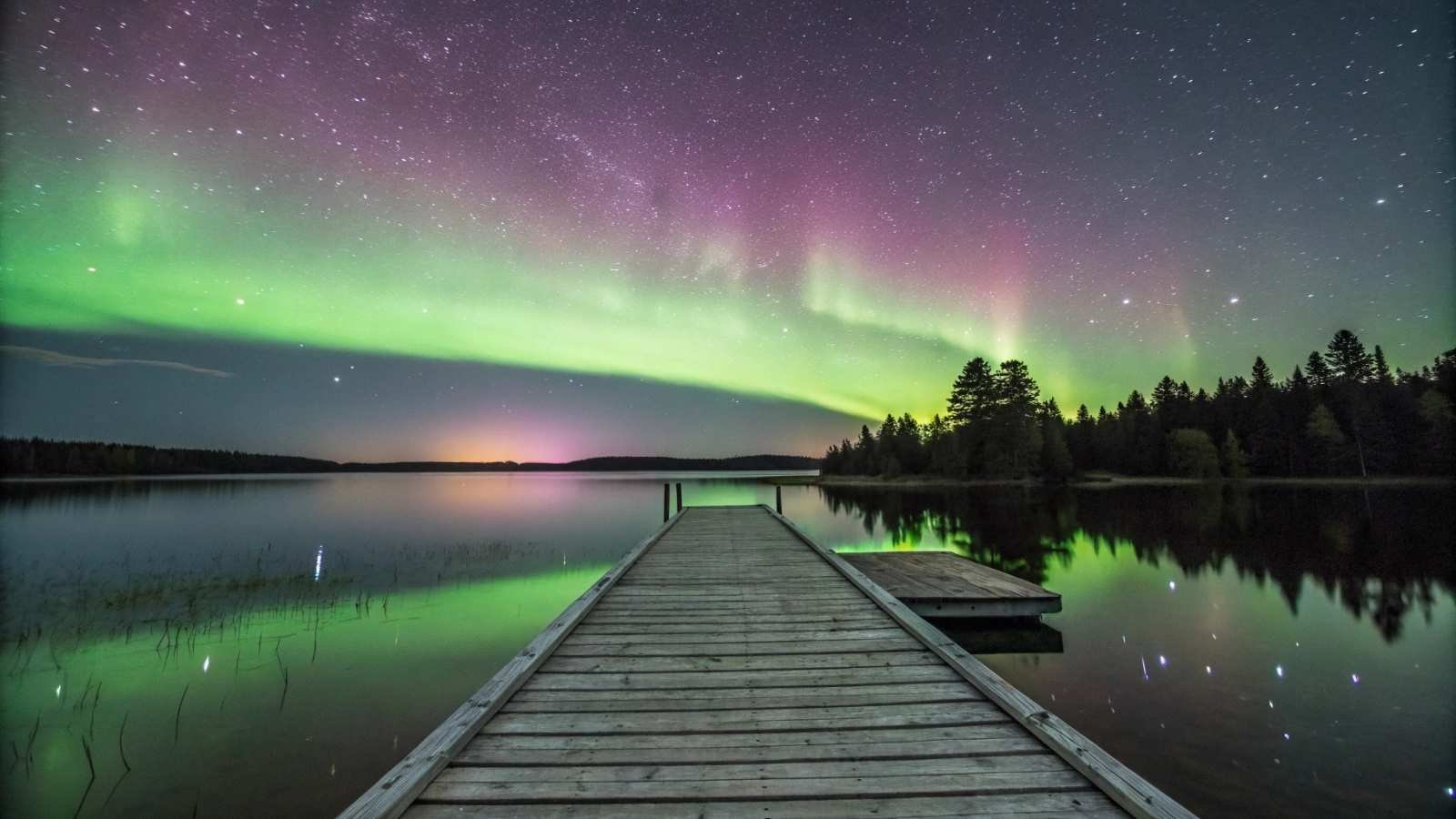
Water is the heartbeat of Voyageurs. Located near the Canadian border, this park is a mosaic of interconnected lakes, rocky islands, boreal forest, and hidden coves, and most of it is only accessible by boat. Whether you’re canoeing through morning mist or watching the aurora dance across the night sky, this place shifts your rhythm completely.
You don’t just visit Voyageurs — you float through it. Rent a houseboat, camp on a secluded island, or paddle across glassy water surrounded by bald eagles and loons. And once winter rolls in, it transforms again — into a snow-covered wilderness perfect for cross-country skiing and even ice road driving.
What sets Voyageurs apart isn’t just its aquatic setting — it’s the profound sense of remoteness. The kind that makes your phone irrelevant and your senses sharper.
Need-to-Know Details:
- Best Months to Visit: June through September (peak water access and warmer weather)
- Top Activities: Canoeing, stargazing, and island camping
- Unique Feature: Over 40% of the park is water
- Winter Access: Snowmobiles and ice roads open a different kind of adventure
- Wildlife: Moose, beavers, black bears, and loons
7. Black Canyon of the Gunnison National Park, Colorado
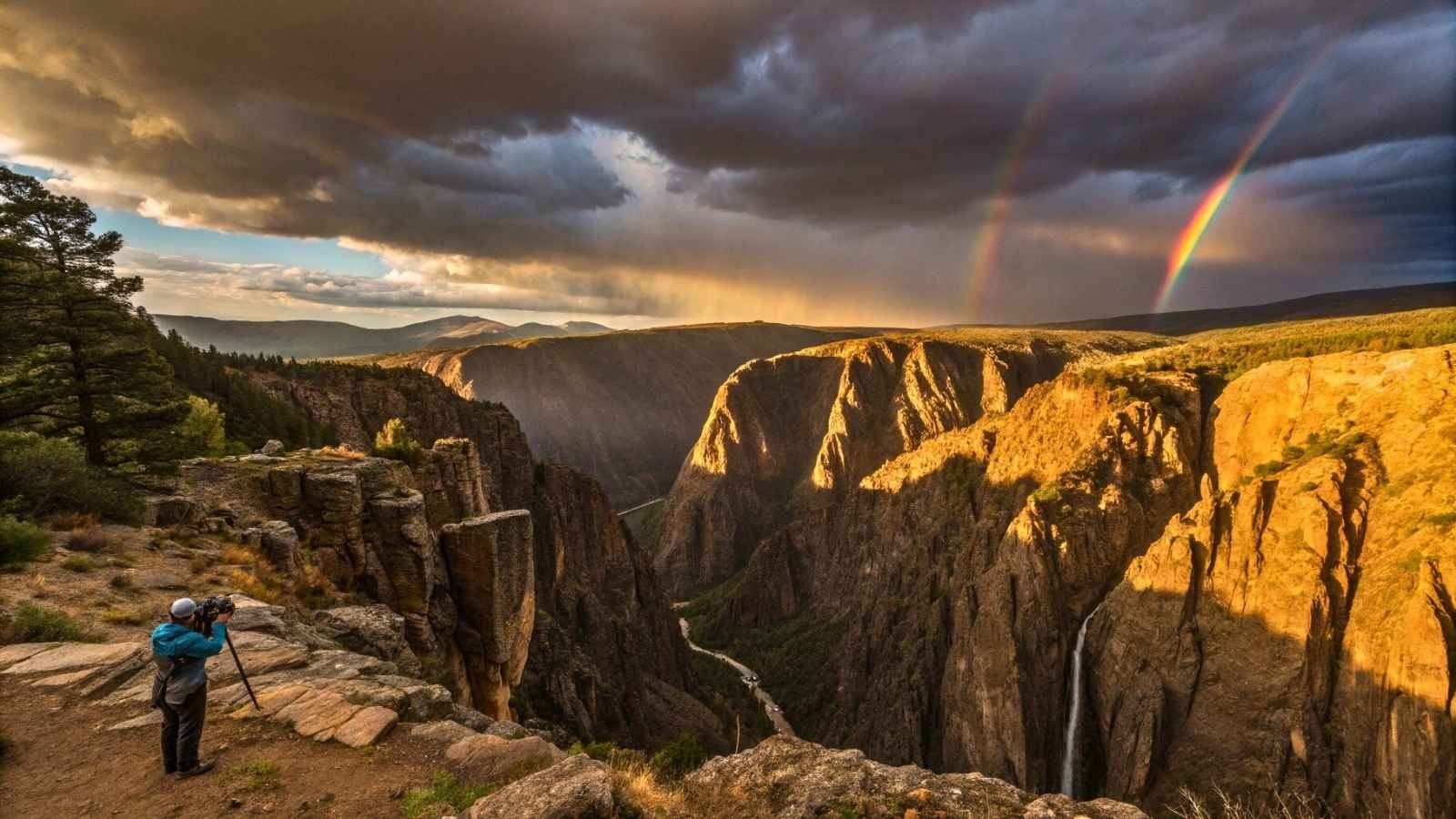
Black Canyon feels like a place carved by time and ferocity — and that’s not an exaggeration. The Gunnison River didn’t just erode rock here — it ripped through it, forming one of the steepest and narrowest canyons in North America. The result? A place where the sunlight barely touches the canyon floor.
Standing at the rim, the sheer drop is dizzying. Jagged, dark walls plunge nearly 2,000 feet to the river below, and the roar of water echoes up from below. Unlike the wide vistas of the Grand Canyon, Black Canyon is more intimate and intense — it pulls you in, literally and emotionally.
This is a park for those who like their beauty a little raw. The hikes are tough, the trails unforgiving, and the views unforgettable.
Need-to-Know Details:
- Best Months to Visit: May to October (accessible roads and pleasant temps)
- Top Viewpoints: Painted Wall and Chasm View
- Hiking Style: Steep, rugged, often unmarked — not for casual walkers
- Photographer Tip: Golden hour creates dramatic light on canyon walls
- Accessibility: South Rim is more developed; North Rim is more remote
8. Dry Tortugas National Park, Florida

Seventy miles west of Key West, surrounded by endless turquoise, lies a fortress in the sea — Dry Tortugas. Only reachable by seaplane or boat, this remote island park feels like it belongs to another world entirely. It’s home to Fort Jefferson, one of the largest masonry structures in the Americas, and it’s surrounded by coral reefs, shipwrecks, and pristine beaches.
Snorkeling here isn’t just a bonus activity — it’s the way to experience the park. Swim through warm, clear waters filled with colorful fish, old anchors, and massive sea turtles gliding by like underwater ghosts. Afterward, walk the moor wall of the fort as seabirds wheel overhead and the waves crash below.
There’s no lodging here beyond primitive camping — and that’s part of the magic. At night, the stars come out in full force, and with no light pollution for miles, it’s surreal.
Need-to-Know Details:
- Best Months to Visit: November to April (calmer seas, less humidity)
- Top Experience: Snorkeling near Fort Jefferson’s moor wall
- Access: Ferry or seaplane from Key West only
- Camping: Primitive only — pack in everything, including water
- Wildlife: Sea turtles, nurse sharks, coral reef species, nesting seabirds
9. Channel Islands National Park, California
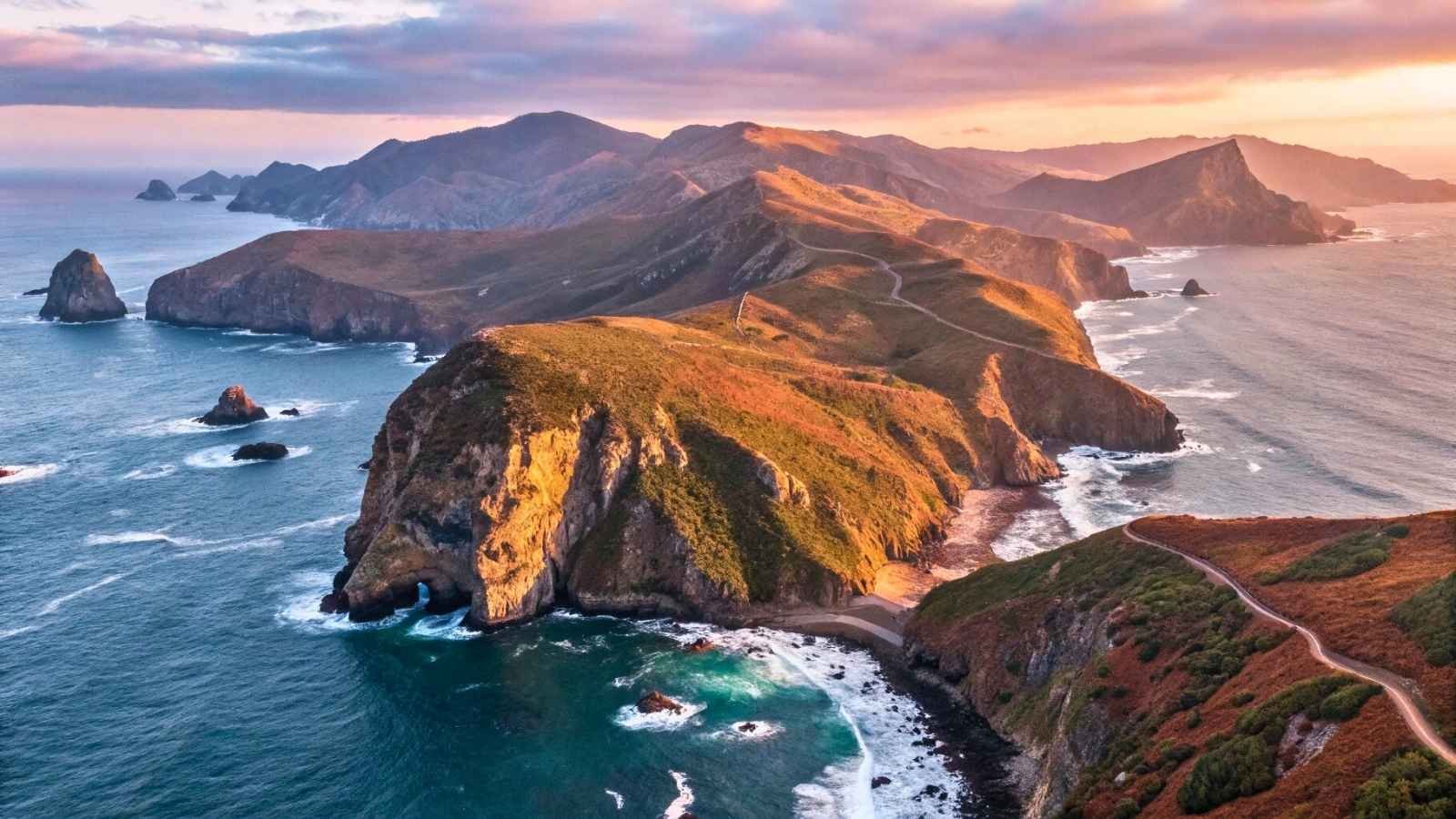
Just off the Southern California coast — yet feeling worlds away — the Channel Islands are often called the “Galápagos of North America” for their unique wildlife and dramatic isolation. Five rugged islands make up the park, and each one is its self-contained ecosystem.
No cars, no resorts, no phones — just trails, cliffs, sea caves, and quiet beaches. Hike the wildflower-covered ridges of Santa Cruz Island, kayak through the world’s largest sea cave, or watch for pods of dolphins and migrating whales in the channel below. On land, you might see the island fox, found nowhere else on Earth.
The remoteness gives it a special kind of energy, like the land is still reclaiming itself. For those willing to make the extra effort, the payoff is solitude, surreal landscapes, and silence broken only by surf and seabirds.
Need-to-Know Details:
- Best Months to Visit: April to October (warmer seas and wildlife activity)
- Top Activities: Sea kayaking, hiking, snorkeling
- Island Access: Boat or plane via Island Packers Cruises (Ventura or Oxnard)
- Best Island for First Visit: Santa Cruz
- Wildlife: Island fox, seals, sea lions, whales, pelicans






